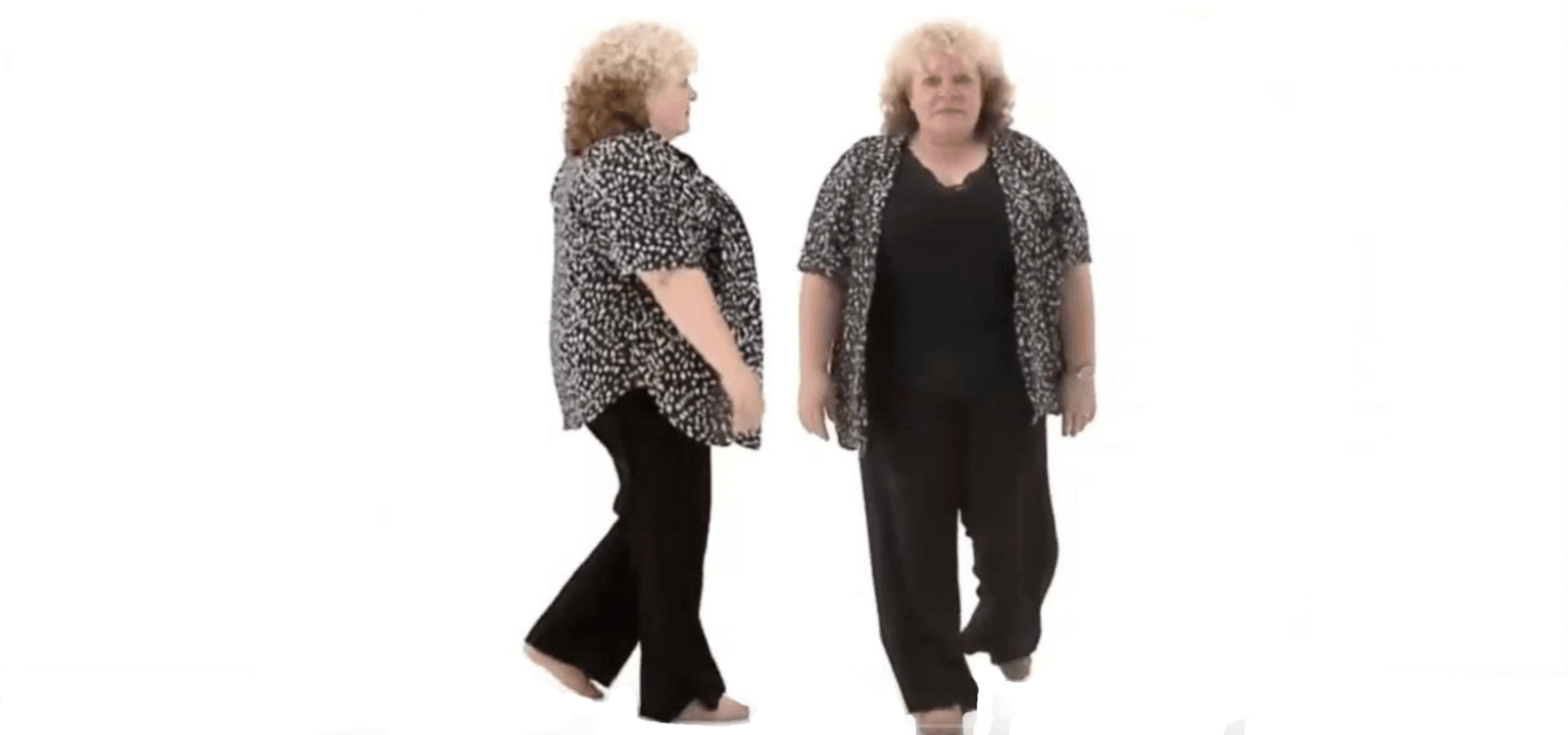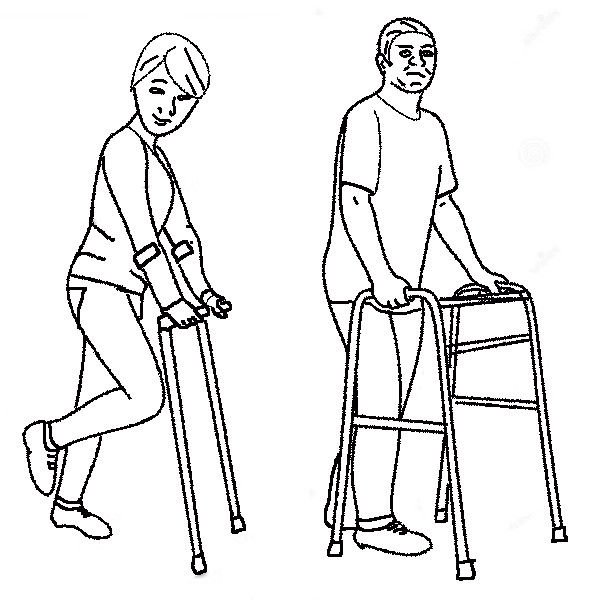What Pain during walking might tell you
Pain can be:
1. Local. You feel a small area of pain in the same part of your step. This often indicates that the tissue in that area is damaged.;
2. Referred. You feel a strip of pain along a line down your limb from the cause point. It may be difficult to find the cause area, however it will usually be in the immediate joint above the beginning area of the pain e.g pain in buttock and back of leg probably caused by Low back problem;
3. Locally referred. There is a point of pain which cause (origin) is somewhere else e.g sometimes there is only knee pain when the hip is damaged.
If the pain is in the front of the leg or foot during the swing forward of the step, then the problem is likely to be due to the muscles in that area of pain.
If the pain is at the back of the leg during pushing off your weight, then the problem is likely due to the muscles in the area of pain.
If the pain occurs as weight is taken on the leg, then it is likely to be the joint or ligament in the area of pain.
If, with the weight off the leg, you can move the area of the leg and foot of the pain, fully in all directions without pain, then the pain is likely to be referred from the body part above e.g low back.
These guidelines are not complete, so if you are following the rehabilitation guidelines and your walking is not improving 50% every 5 days, the seek professional assessment with a doctor or physiotherapist. You can
book a consultation with OOPS



